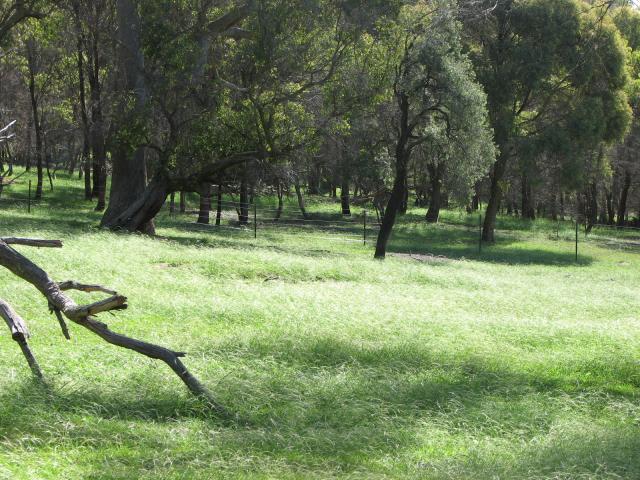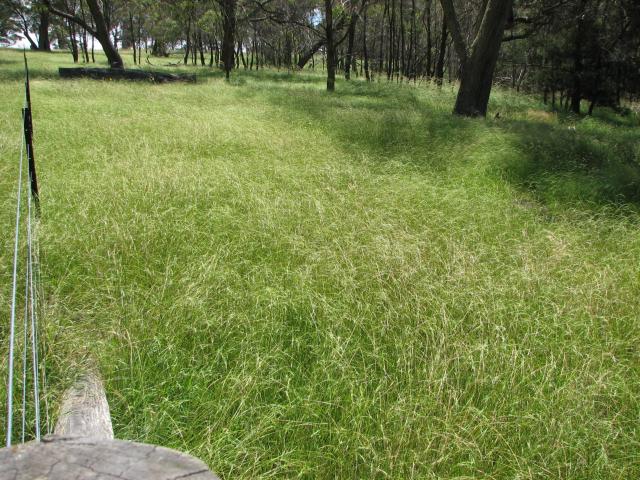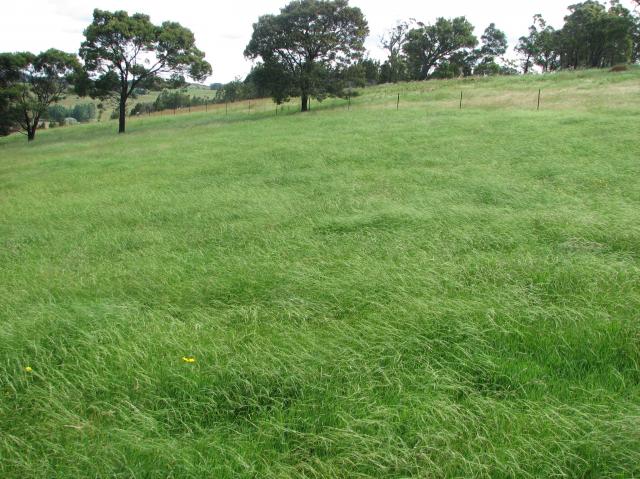The Old Ram-Australia
Herd Master
- Joined
- Jan 18, 2011
- Messages
- 994
- Reaction score
- 2,170
- Points
- 303
It would be of interest to us if some of the members could tell us their definition of this topic and how their management practices result in increased production from the stock while improving the overall health of there land............A little further into the topic if members are interested we are happy to discuss some of ours,provide before/after photo's to show positive outcomes from our actions........................


The small tree in the foreground is in the middle-top of the picture below..................Looking forward to 'any 'responses..............T.O.R.
Quote:" Knowledge only increases in value ,when it is shared."


The small tree in the foreground is in the middle-top of the picture below..................Looking forward to 'any 'responses..............T.O.R.
Quote:" Knowledge only increases in value ,when it is shared."






 addock is west facing ,gets hottest wind/sun and coldest winds in winter.
addock is west facing ,gets hottest wind/sun and coldest winds in winter.